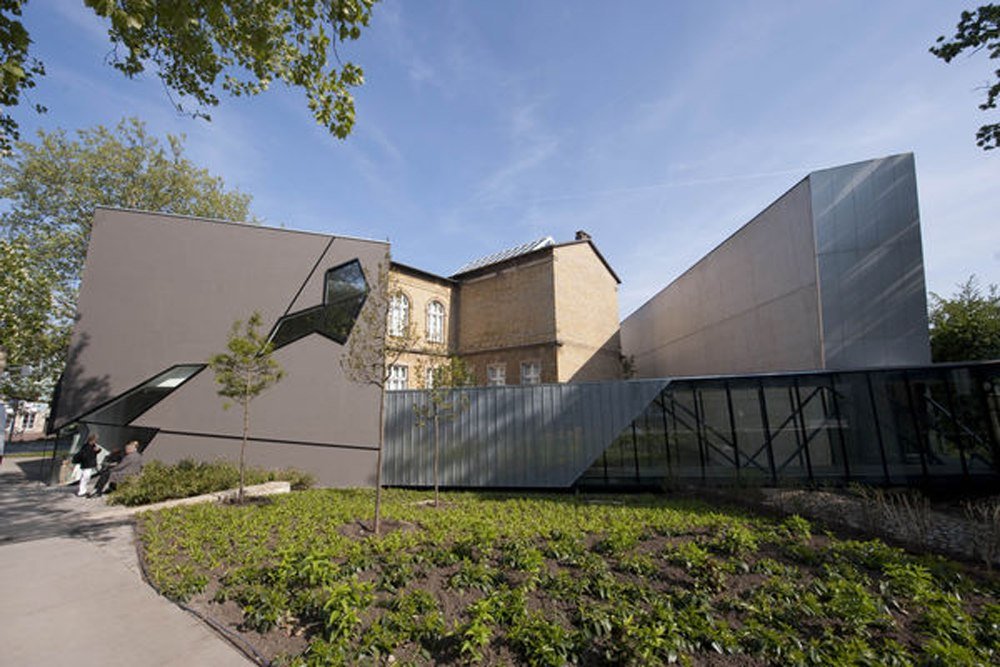Felix Nussbaum Building in Osnabrück
Sensational artworks, star architecture and unique half-timbering all make for a fascinating contrast within Osnabrücker Land. While Osnabrück, City of Peace, boasts a design highlight in the shape of the Felix Nussbaum Building, the Artland region in the north of Osnabrücker Land is home to fine, traditional farmhouses that fully deserve their listing as a UNESCO World Heritage Site.
The Felix Nussbaum Building holds an equal fascination for architecture and art lovers. Osnabrück, the city where the Westphalian Peace Treaty was negotiated, has a special sense of commitment to peace born of its historical contribution to the Peace Treaty of 1648 and honours the works of its Jewish son, who was murdered by the Nazis at the concentration camp in Ausschwitz. But the world’s largest collection of the painter’s works, among them the famous “Self-Portrait with Jewish Identity Card”, is not all that merits a visit to this museum.
The building itself is a holocaust memorial cast in steel. The striking structure was designed by the American star architect Daniel Libeskind. He is also the architect responsible for the Jewish Museum building in Berlin and also won the contract to reconstruct Ground Zero in New York.
The Felix Nussbaum Building opened in Osnabrück in 1998. The architect designed the symbolic timber, concrete and zinc structure as a frame in which to depict the life of the persecuted painter. It traces the artist’s constant moves and his increasing disorientation in exile and the period of displacement and constant threat until his death in Auschwitz. The atmosphere of the museum creates a sense of omnipresent unease in the visitor with floors that unexpectedly slope slightly up or downwards, windows without right angles and transparent ceilings.
Since the museum was first opened, a new entrance area has been added. It, too, was designed by Libeskind.


